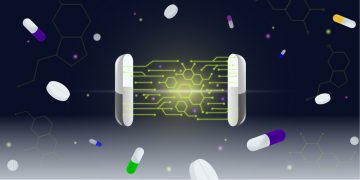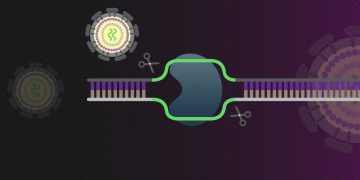
Top 5 Takeaways from ddPCR World 2021
Precision diagnostics for cancer. COVID-19 surveillance in wastewater. Quality control of cell and gene therapies. These were just a few of the cutting-edge applications on display at the Droplet Digital PCR (ddPCR) World 2021 symposium. Recapping the event in 5 takeaways, moderator Francisco Bizouarn shares how international experts are leveraging ddPCR technology to solve today’s scientific and public health problems.

With Cell and Gene Therapies, Success and Quality Control Go Hand-in-Hand
While the FDA has approved Abecma, the first CAR-T cell therapy in its class, regulatory approval is just the beginning for cell and gene therapies. Such therapies’ safety and financial viability rest on a robust manufacturing and quality control program with the flexibility to scale up and out. Droplet Digital PCR is a sensitive biopharmaceutical quality control tool, offering absolute quantification of nucleic acids and other molecules in a sample.

Data Standardization
Increasingly, biopharma research & development experimental data are siloed and stored in varying formats. This makes it difficult to search, retrieve and share data. Furthermore, these data are often not interoperable, making it impossible to compare. Data needs to be better managed to be more collaborative, shareable, and interoperable, in order to accelerate research and continue making breakthroughs. Data standardization aims to forge a path toward machine-readable and actionable data that can be found, accessed, and reused with minimal human intervention.

Globally Aware Genomes — an Informatics Challenge
The Human Genome Project was completed nearly two decades ago, in 2003. The primary vision of this project was to produce a human reference genome, a representative example of the set of genes in one idealized individual human. However, the currently available reference genomes do not represent the genetic diversity found across different human populations. As such, any downstream products (drugs therapies, personalized medicine, etc.) derived from the human genome will not accurately represent the vast majority of the human population.

Lab of the Future
In an effort to increase the return on investment of research and development, pharmaceutical companies are constantly looking for ways to reduce costs. One way to do this is to incorporate technology and minimize human interaction. As a result, scientists will have more time to focus on the design and analysis of experiments. How will the Lab of the Future reflect these changes?

Active Machine Learning in Drug Discovery
Drug discovery and development are both time and resource intensive since a lot of different compounds need to be screened across a lot of different targets. See how machine learning models can be used to predict screening results and how active learning algorithms can be used to efficiently select which experiments to perform in order to build those models.

Data Integration and Visualization Approaches
Over the past several decades, research informatics (RIS) environments within BioPharma organizations have evolved dramatically, increasing the demand for simple and easy data integration and visualization. Learn about the tools available to address this need and what the future could hold.

Cloud Migration Strategies for BioPharma
Many BioPharma organizations are moving to the cloud in order to improve the performance and speed, cost, physical and personnel resources, security, back up, and sharing/collaboration associated with large, complex datasets. Learn about the different strategies used in migrating to the cloud.

The Potential for CRISPR Gene Editing in HIV
The advent of CRISPR as a gene editing tool appears to have revolutionized drug discovery and development in a very short time. CRISPR-Cas9 technology is also being utilized to target HIV, to mutate or cut out the provirus. Read about what’s new in potential treatments for HIV and the challenges facing the industry.
